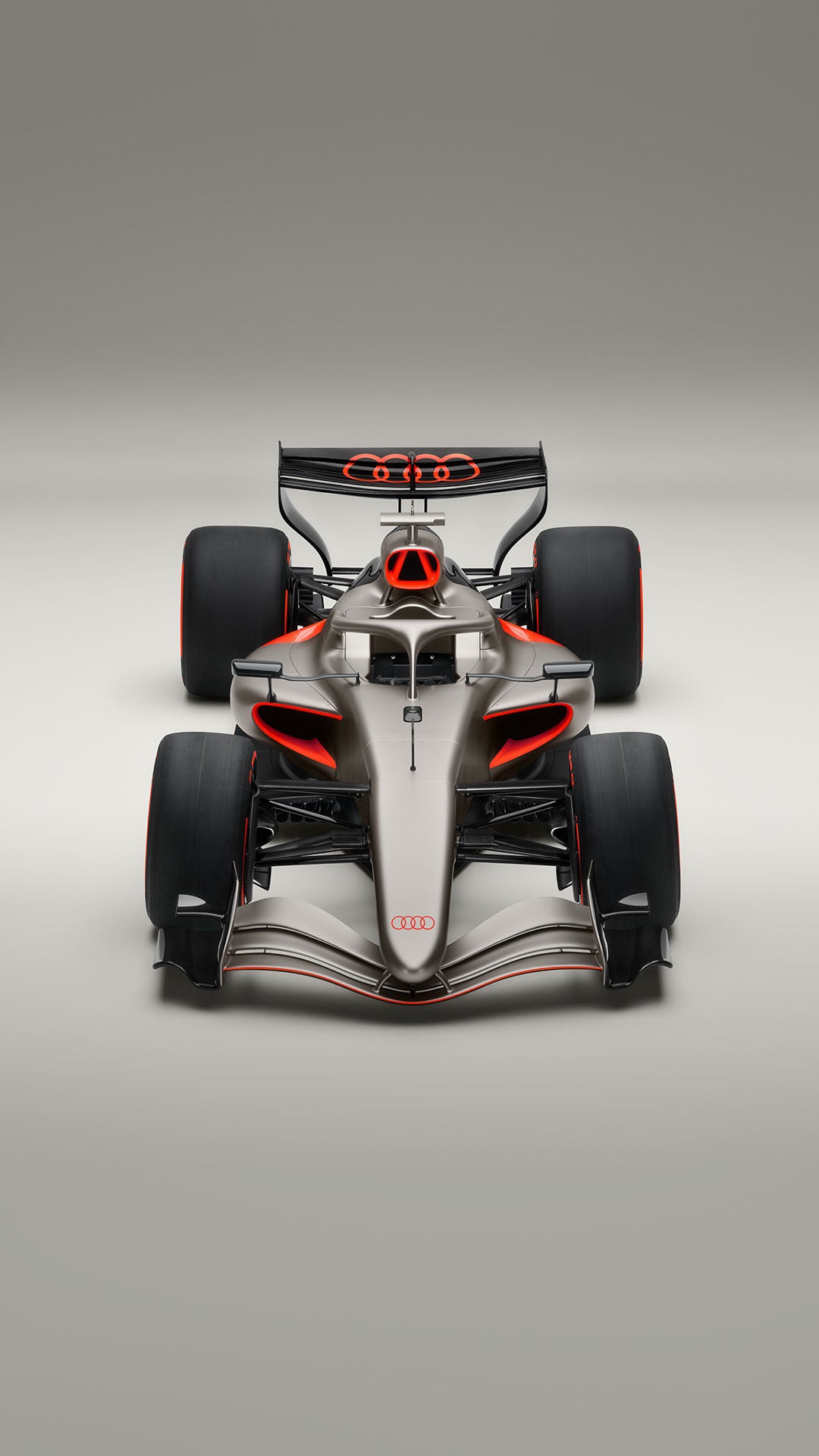Up-to-Date Thanks to over-the-air
Digital lifecycle management keeps vehicles up to date

Current topics from the world of Audi
Formula 1®
Audi will compete in the premier class of motorsport in 2026

Digital lifecycle management keeps vehicles up to date

Audi will compete in the premier class of motorsport in 2026
